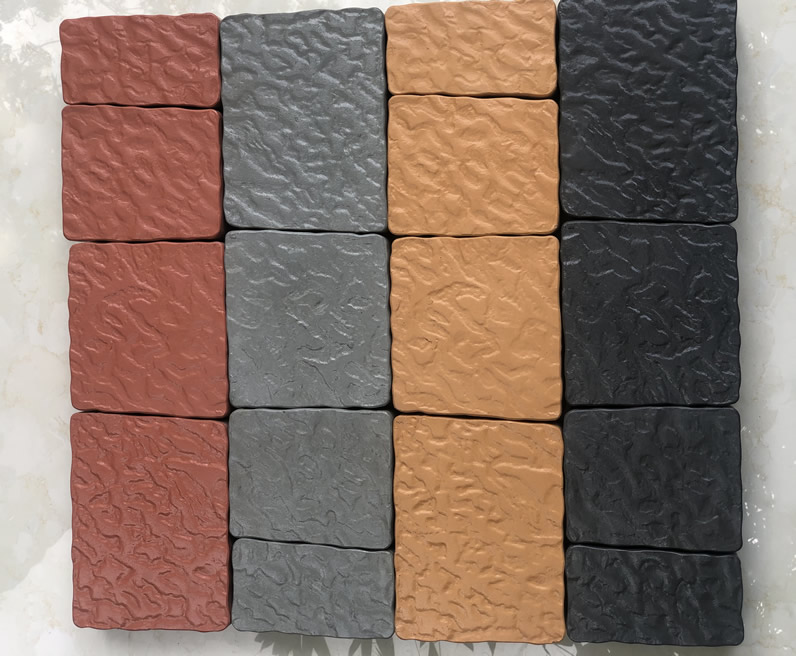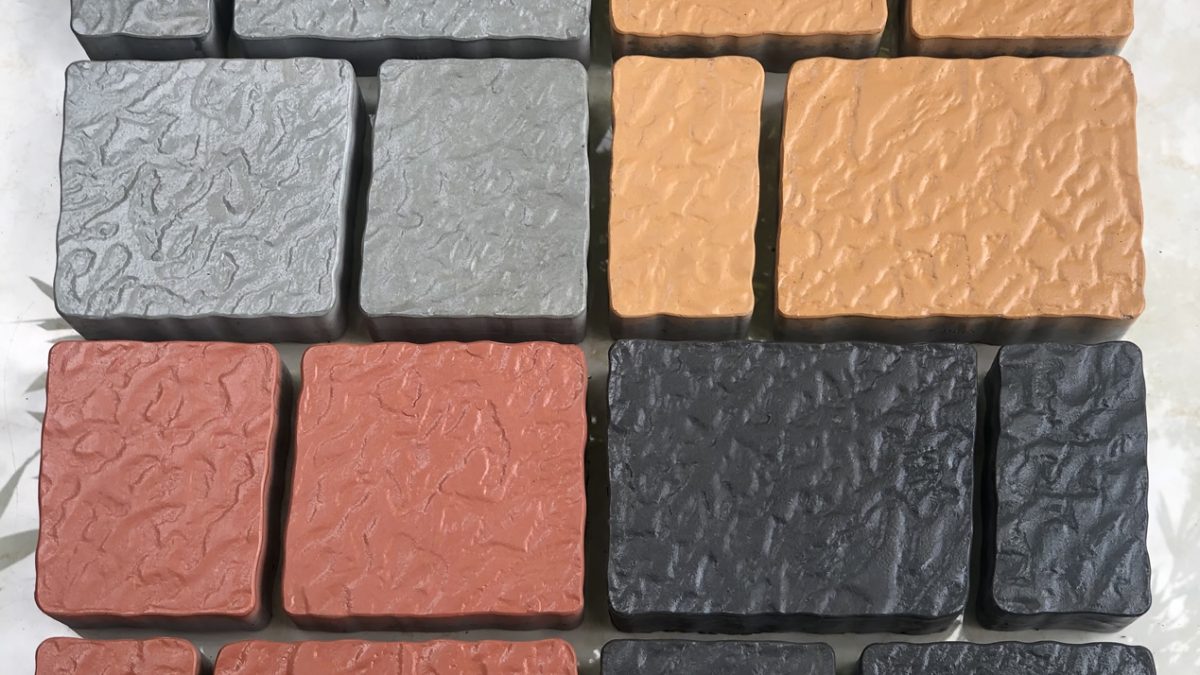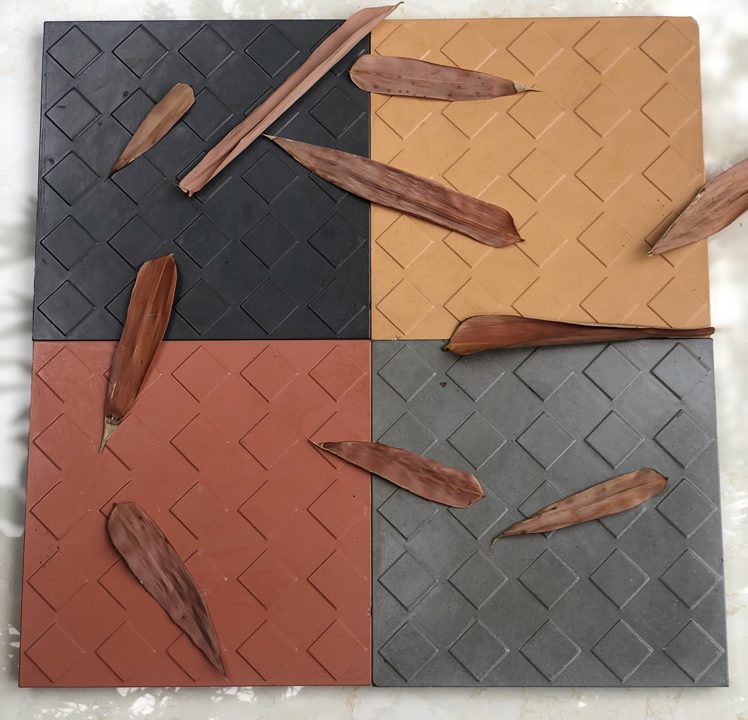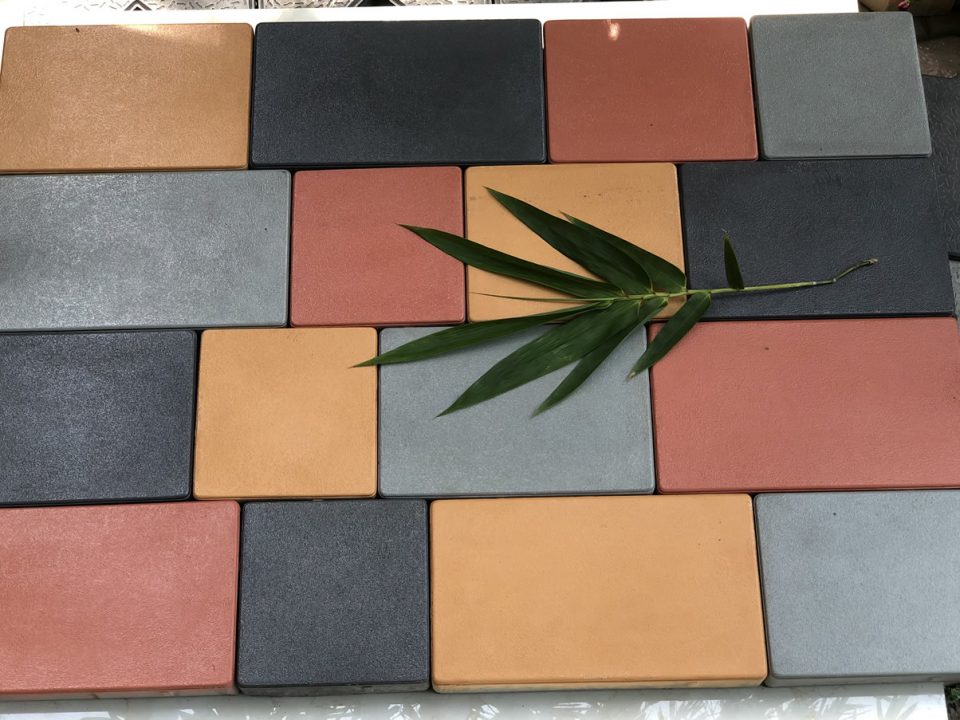Sona insulated tiles
Sona insulated tile are unique composition of naturally occurring puffed siliceous material, white cement blended with fibrous polymer It acts as an radiant barrier, provide significant resistance to heat transfer and increases the building comforts. And helps Reducing in Energy Costs.
100% environmentally , eco friendly tiles Durable ,low thermal conductivity Simple & easy application , just like mosaic tiles Reduces heat transmission through roof slab , and increases building comforts Aids in reducing air condition power consumption PERMANENT AND LONG LASTING.
Where you can use / Solutions:
- Residential
- Commercial
- Industrial
- Institutional PV solutions
Functionalities
High Albedo
A high solar reflectance capability that will reduce heat island effect, save energy - indoor temperature reduction in buildings without air-conditioning and cooling load reduction agent in the air-conditioned buildings.
Lifetime performance
A durable thermal insulation product that most often lasts the lifetime of a building; reduced resource requirement for replacements due to natural disasters, wind-driven rain, moisture damage and vermin.
Economical cost
More economical than other roofing products on a life-cycle basis; significant energy and in-maintenance savings.
Disaster resistance
Resistance to damage from hail and high winds and can sustain winds in excess of 125 miles per hour that would strip off most other roofing material.
Advantages of using insulated tiles:
- Insulated tiles keep the building structure cool by not absorbing the heat. It reflects the heat causing infrared rays from the Sun and has the capability to reduce the slab temperature by up-to 22º at peak summers.
- Reduces the cooling loads of the roofs thereby reducing the cost of Air-Conditioning.
- Helps in significant savings in energy consumed for running the air conditioning plant.
- Protects the heat sensitive water-proofing system.
- Reduces the strain on the structure due to thermal expansion of slab thereby increasing building longevity.
- Acts as a radiant barrier to provide significant resistance to heat transfer allowing a comfortable interior in summers as well as winters.
- Allows walking bare foot on it during summers as it does not absorb heat.
- Protects local environment as it prevents Heat Island Effect, which is attributed to rise in temperatures of urban areas.
- Easy on pocket, good ROI.
- Promote eco/ green building.





